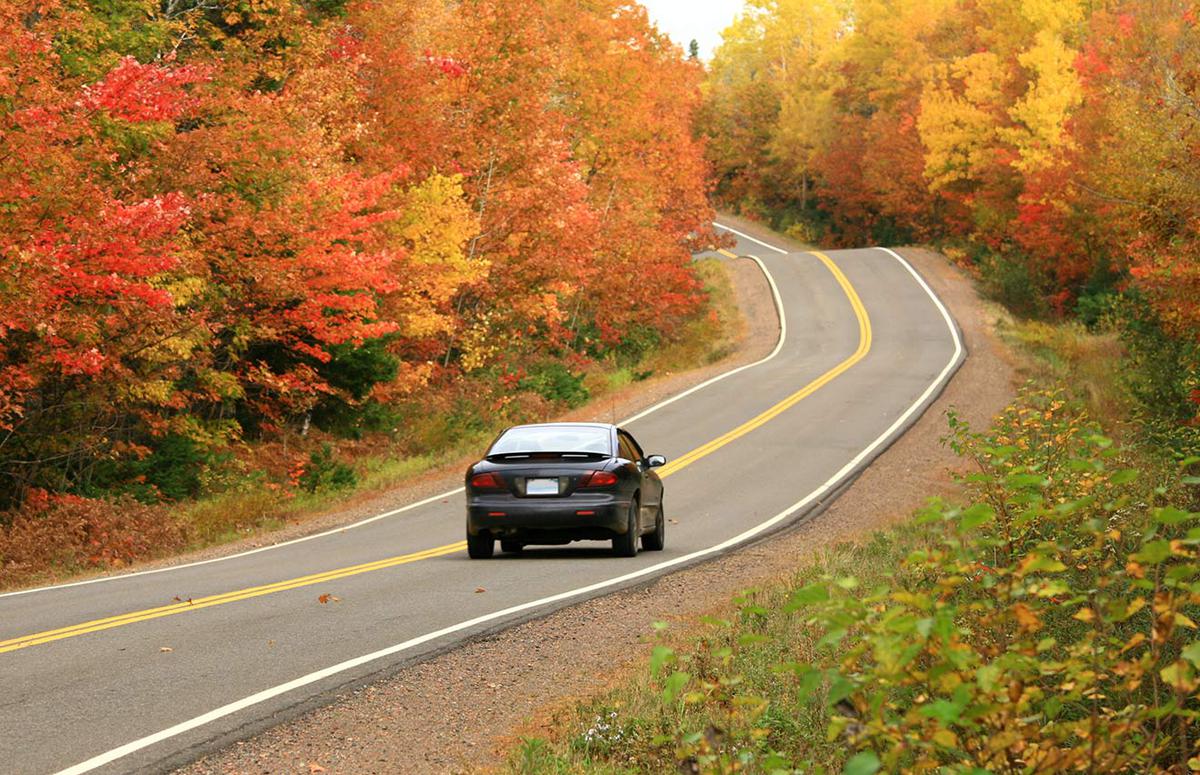When traveling on rural roadways at higher speeds, it is crucial to adopt a heightened sense of awareness and implement defensive driving techniques to ensure a safe and smooth journey. This comprehensive guide delves into the essential precautions, road conditions, vehicle maintenance, wildlife encounters, and emergency preparedness measures that can significantly enhance safety while navigating these often-challenging environments.
Understanding the unique hazards and challenges associated with rural roadways is paramount. Reduced visibility, slippery surfaces, and the potential for wildlife crossings demand increased vigilance and alertness. Regular vehicle inspections and meticulous maintenance of tires, brakes, and suspension systems are equally vital to ensure optimal performance and minimize the risk of breakdowns or accidents.
Safety Precautions

When traveling on rural roadways at higher speeds, defensive driving techniques are essential for ensuring the safety of both the driver and passengers. These techniques include:
Increased Vigilance and Alertness
Drivers must remain highly alert and vigilant, constantly scanning the road ahead for potential hazards. This includes anticipating the actions of other vehicles, pedestrians, and wildlife.
Safe Following Distance
Maintaining a safe following distance is crucial. This allows ample time to react to sudden stops or unexpected obstacles, reducing the risk of rear-end collisions.
Road Conditions
Rural roadways often present unique challenges, including:
Weather Conditions
Rain, snow, or fog can significantly reduce visibility and make road surfaces slippery, increasing the risk of accidents.
Poor Visibility
Limited visibility due to curves, hills, or vegetation can make it difficult to anticipate hazards and react in time.
Vehicle Maintenance

Regular vehicle inspections and maintenance are essential for safe driving. This includes:
Tires
Proper tire inflation and tread depth ensure optimal traction and handling.
Brakes
Well-maintained brakes provide reliable stopping power in all conditions.
Suspension Systems
A properly functioning suspension system absorbs road imperfections, improving stability and control.
Wildlife Encounters
Rural roadways often intersect with wildlife habitats. To avoid collisions:
Be Aware of Wildlife Crossings
Pay attention to signs indicating potential wildlife crossings.
Use High Beams When Possible
High beams can help illuminate animals on the roadside.
Report Wildlife Sightings, When traveling on rural roadways at higher speeds
Notify authorities about wildlife sightings to alert other drivers and facilitate mitigation efforts.
Emergency Preparedness: When Traveling On Rural Roadways At Higher Speeds

In case of an emergency on a rural roadway:
Emergency Kit
Carry an emergency kit containing essential items such as water, first aid supplies, and a flashlight.
Communication Device
Have a reliable communication device to contact emergency services.
Basic First Aid Knowledge
Basic first aid knowledge can help stabilize injuries until medical assistance arrives.
Answers to Common Questions
What is the most important defensive driving technique to employ on rural roadways?
Maintaining a safe following distance is crucial to provide ample time for reactions and avoid collisions in case of sudden stops or obstacles.
How can I minimize the risk of wildlife encounters on rural roadways?
Be aware of wildlife crossing signs, reduce speed in designated areas, and use high beams at night to improve visibility and deter animals from approaching the vehicle.
What essential items should I include in my emergency kit for rural roadway travel?
First-aid supplies, non-perishable food, water, a flashlight, a whistle, and a basic tool kit are essential items to have on hand in case of emergencies.